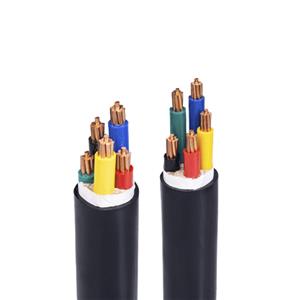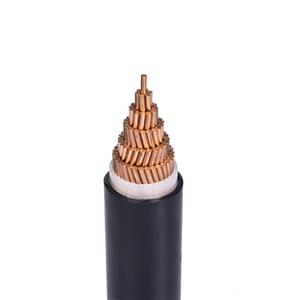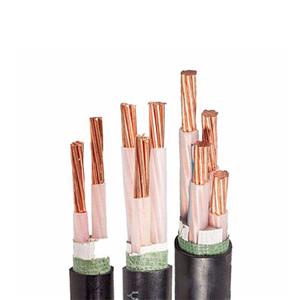What does irradiation in cables mean?
In daily life, the cables that deliver electricity and information to us also receive a special kind of "light"? This is cable irradiation, a process that is crucial in the field of cables but often overlooked by the public. It is like a magical journey of transformation, giving cables new performance and quality. Today, let's take a deep look at cable irradiation and unveil its mysterious veil. Cable irradiation, professionally known as irradiation cross-linking, is based on the high-energy electron beam generated by an electron accelerator. The electron accelerator is like an energy transmitting station, which accelerates electrons to extremely high speeds to form a powerful electron beam. When these high-energy electron beams bombard the insulation layer and sheath of the cable, wonderful changes occur.
The insulation layer and sheath are usually made of polymer materials, and their original molecular structure is chain-like, like long loosely arranged chains. The impact of the high-energy electron beam is like a "storm" in the microscopic world, breaking the polymer chain. Each of these broken breakpoints becomes an active free radical. The chemical properties of free radicals are very unstable, just like "small particles" eager to find partners, they quickly recombine with each other. In this recombination process, the original chain molecular structure gradually transforms into a three-dimensional network molecular structure, which forms a cross-link.
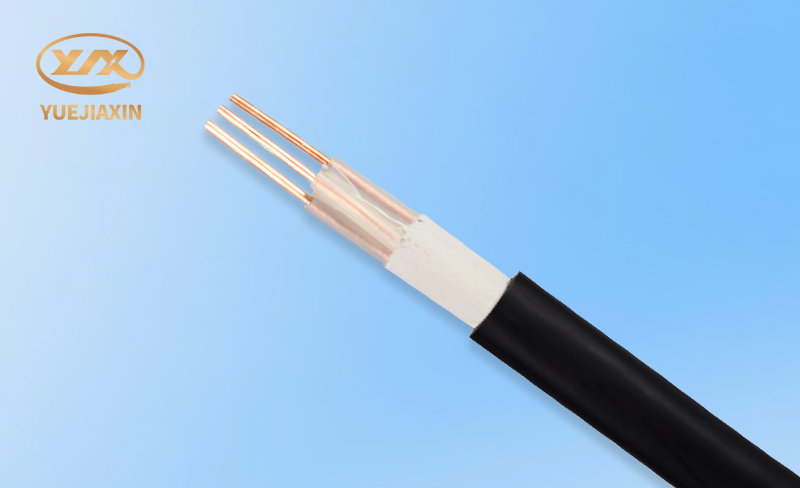
After irradiation cross-linking treatment, the mechanical properties of the cable are significantly improved. The three-dimensional mesh structure formed by the irradiation of the originally linear polymer material strengthens the intermolecular force, thus giving the cable better strength and toughness. In terms of hardness, the irradiated cable also has a significant increase, which makes the cable less likely to deform and break when subjected to external mechanical forces. Irradiation greatly enhances the heat resistance of the cable. The three-dimensional mesh structure formed during the irradiation cross-linking process limits the movement of the molecular chain, making the cable less likely to soften, deform and degrade under high temperature conditions. In these production environments, a large amount of heat is generated when the equipment is running. Ordinary cables are difficult to withstand such high temperatures, while irradiated cables can operate stably to ensure the continuous and stable power supply during the production process. In terms of chemical stability, the insulation layer and sheath of the cable after irradiation cross-linking have greatly improved tolerance to various chemical substances. In chemical enterprises, oil extraction and other environments, there are a large number of corrosive chemicals such as acids, alkalis, and salts. In such an environment, the insulation layer and sheath of ordinary cables are easily corroded, resulting in a decrease in cable performance and even dangers such as leakage. The irradiated cables, with their excellent chemical corrosion resistance, can work normally in these harsh environments and ensure the smooth progress of production. The irradiation cross-linking treatment also significantly enhances the anti-aging performance of the cables, thereby greatly extending their service life. The irradiated cables, due to the change in molecular structure, have enhanced anti-oxidation and anti-ultraviolet capabilities, effectively delaying the aging process. The service life of ordinary cables is generally around 15-20 years, and in some harsh environments, the lifespan may be shorter.
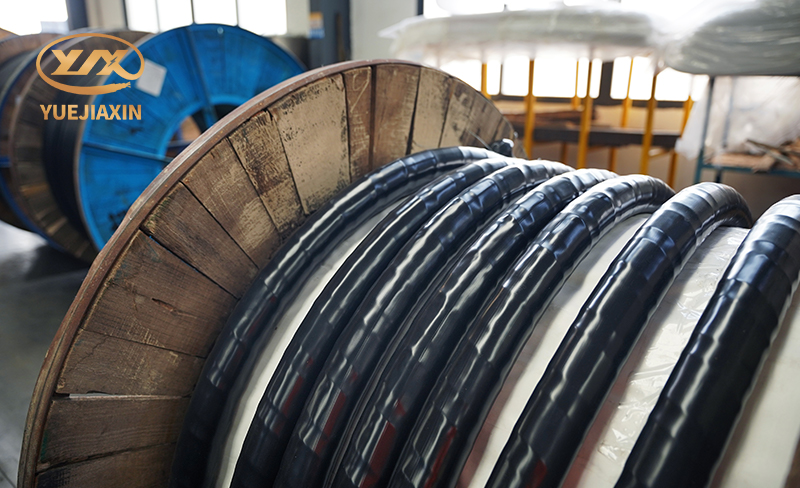
With the continuous progress and development of science and technology, cable irradiation technology is also standing at a new starting point, looking forward to a future full of infinite possibilities. Although cable irradiation technology has demonstrated unique advantages in many fields, it also faces many challenges. I believe that driven by science and technology, cable irradiation technology will continue to break through bottlenecks, inject powerful impetus into the development of modern society with better performance, lower cost and more environmentally friendly methods, and illuminate all aspects of our lives.


